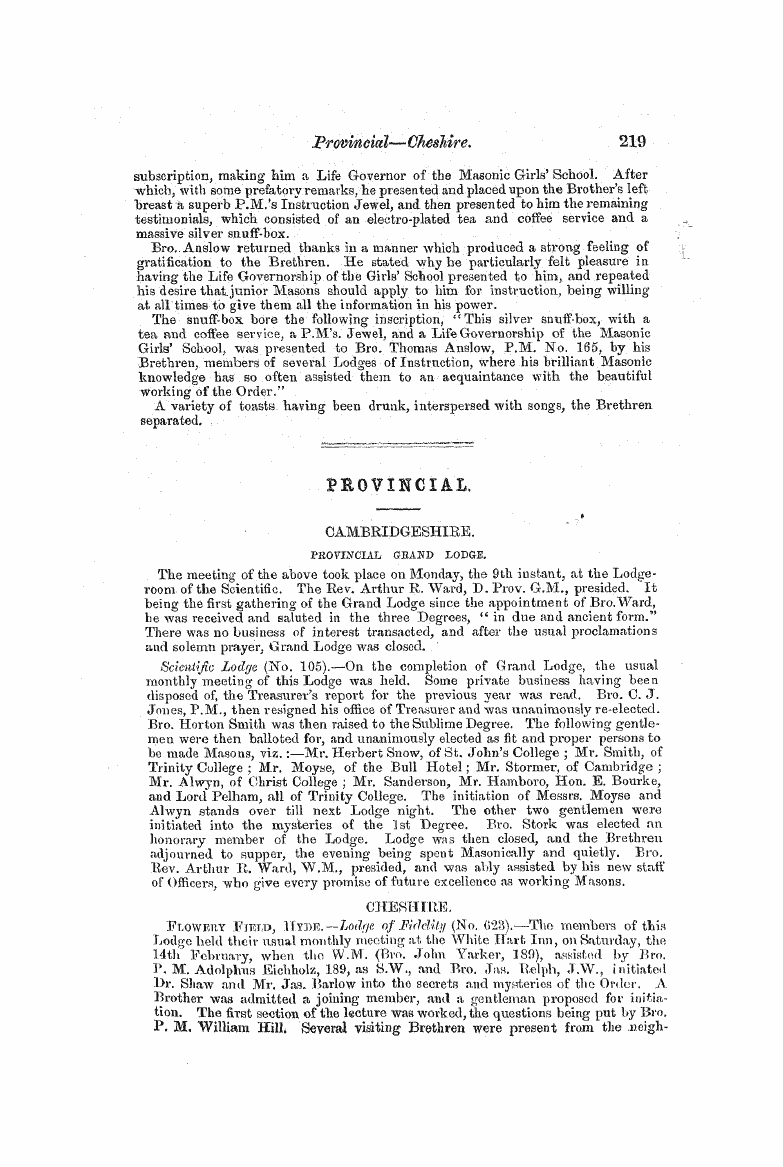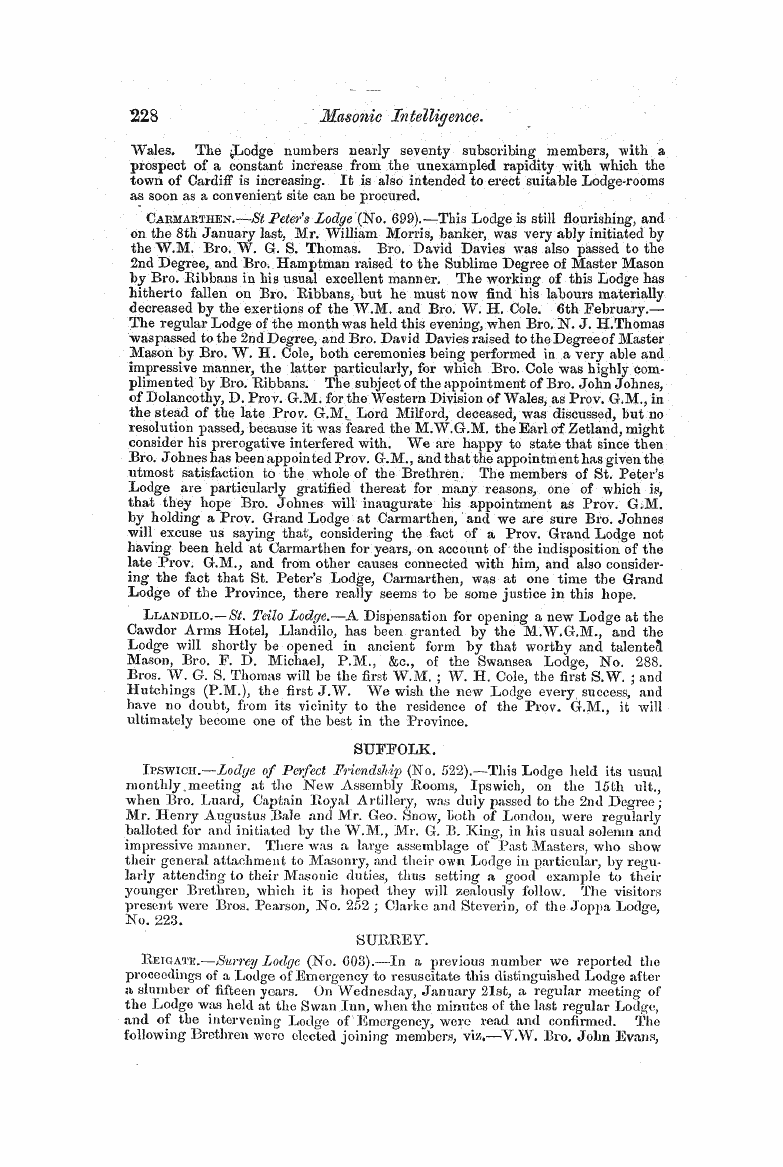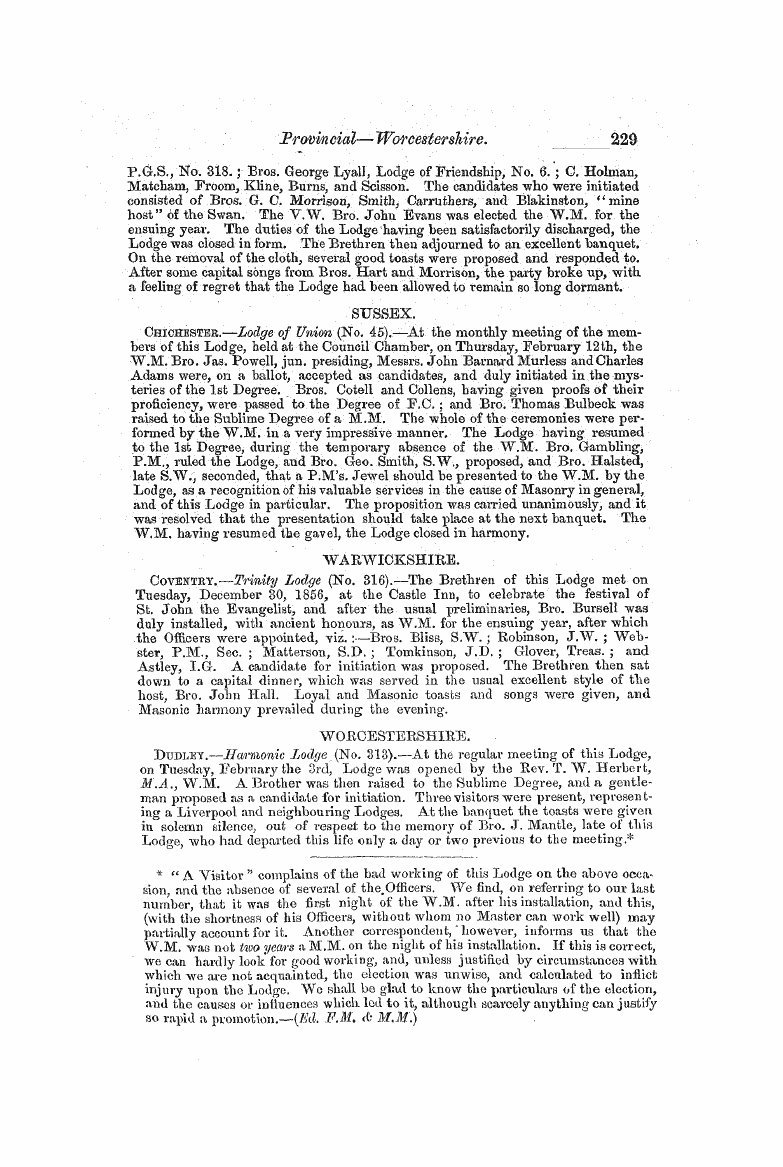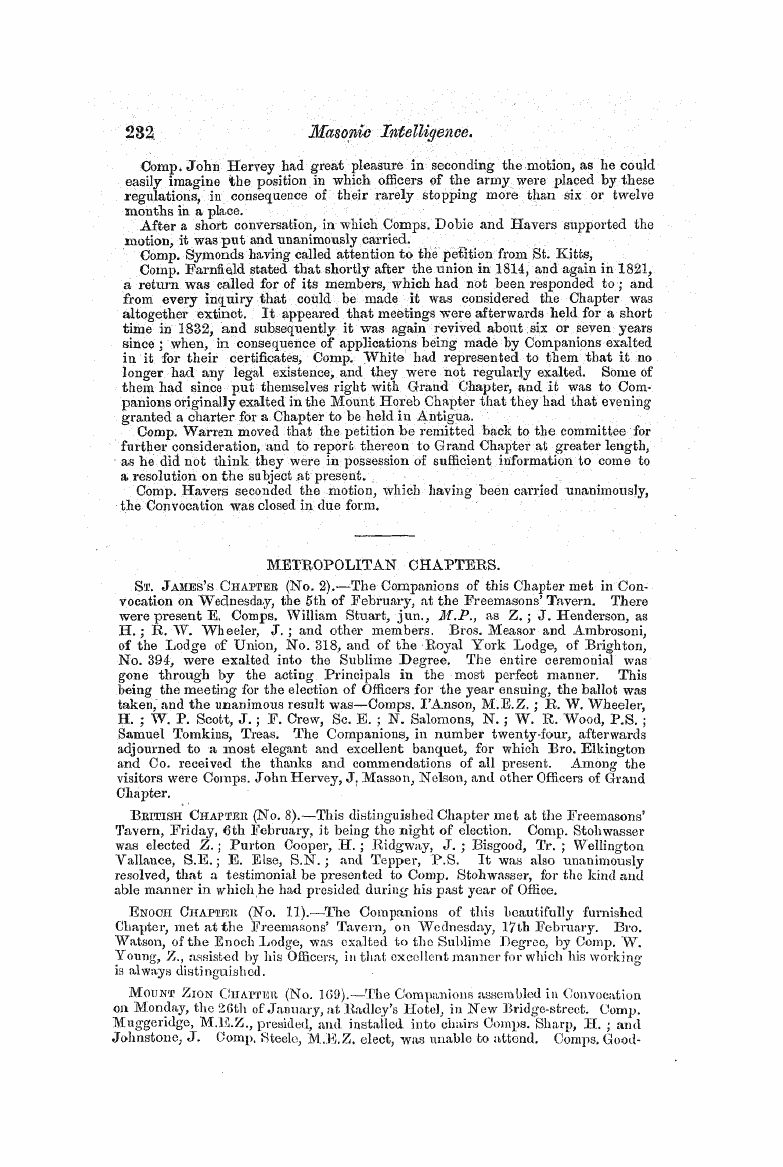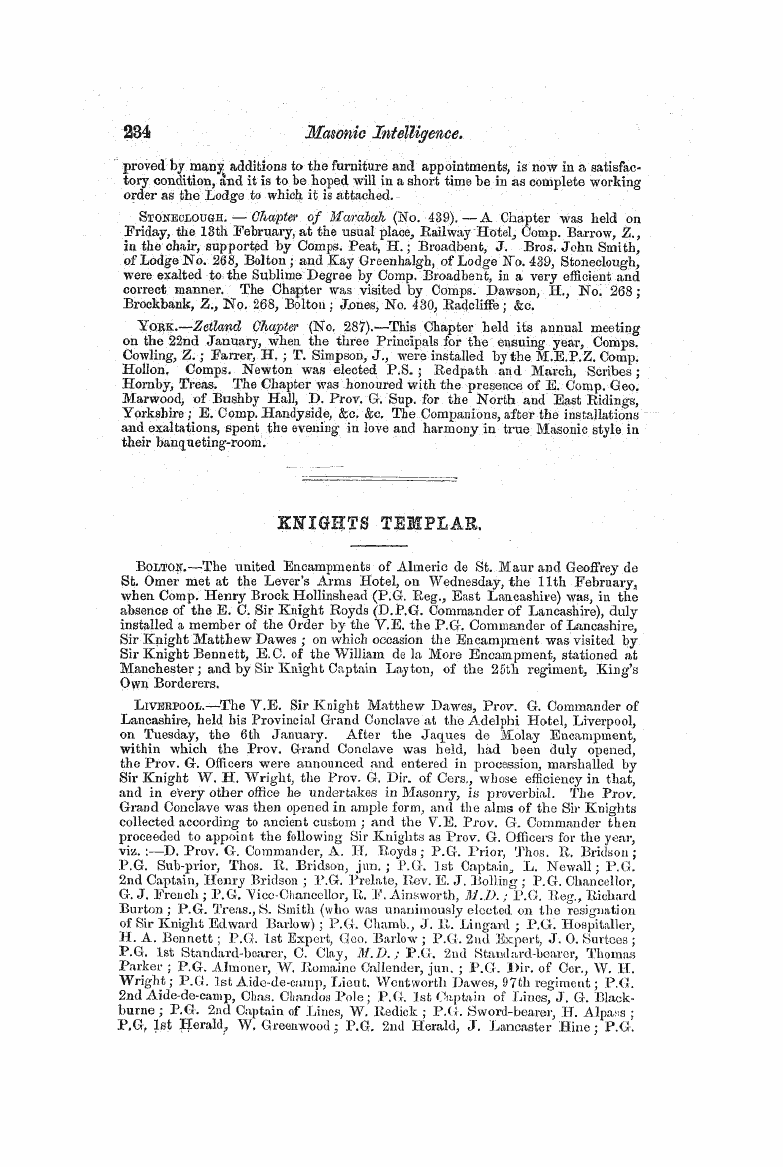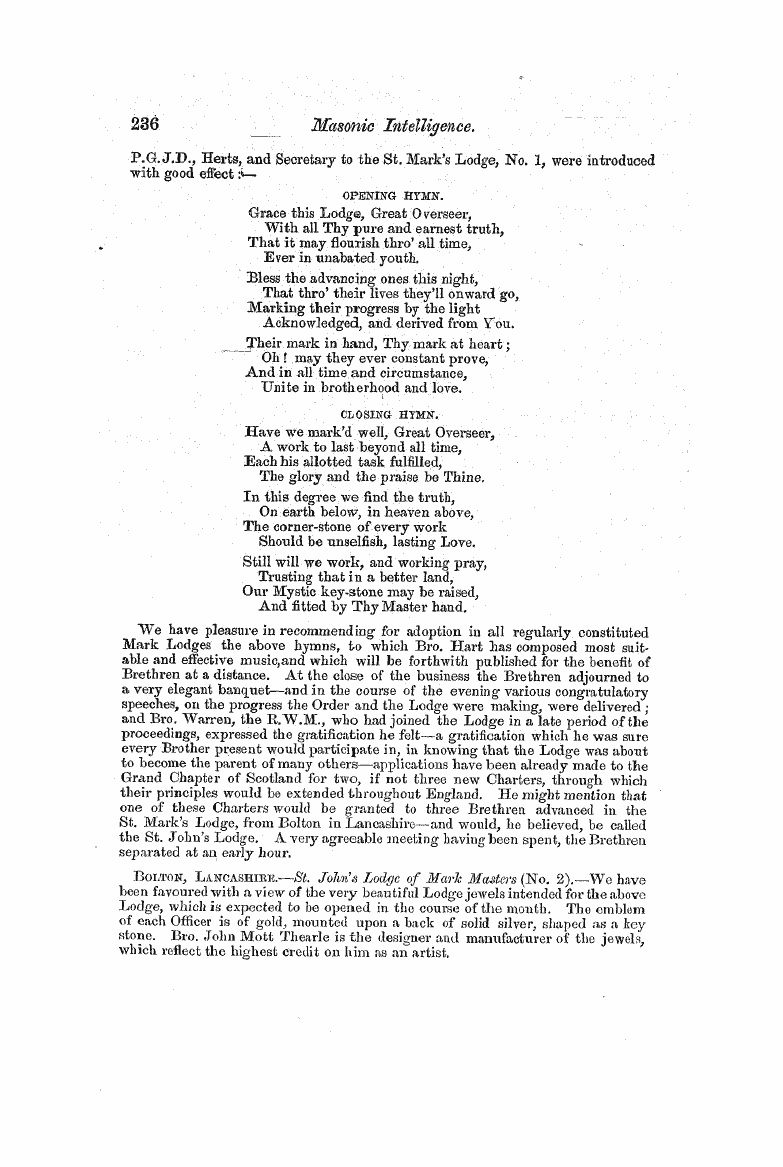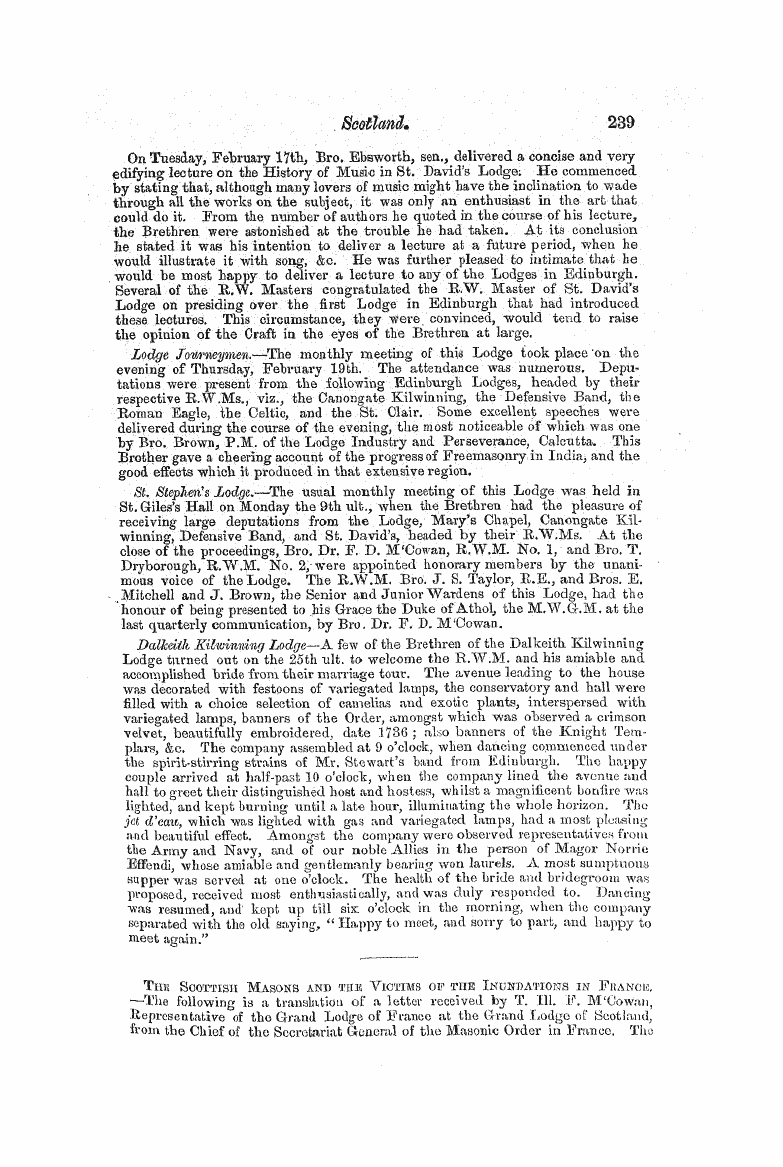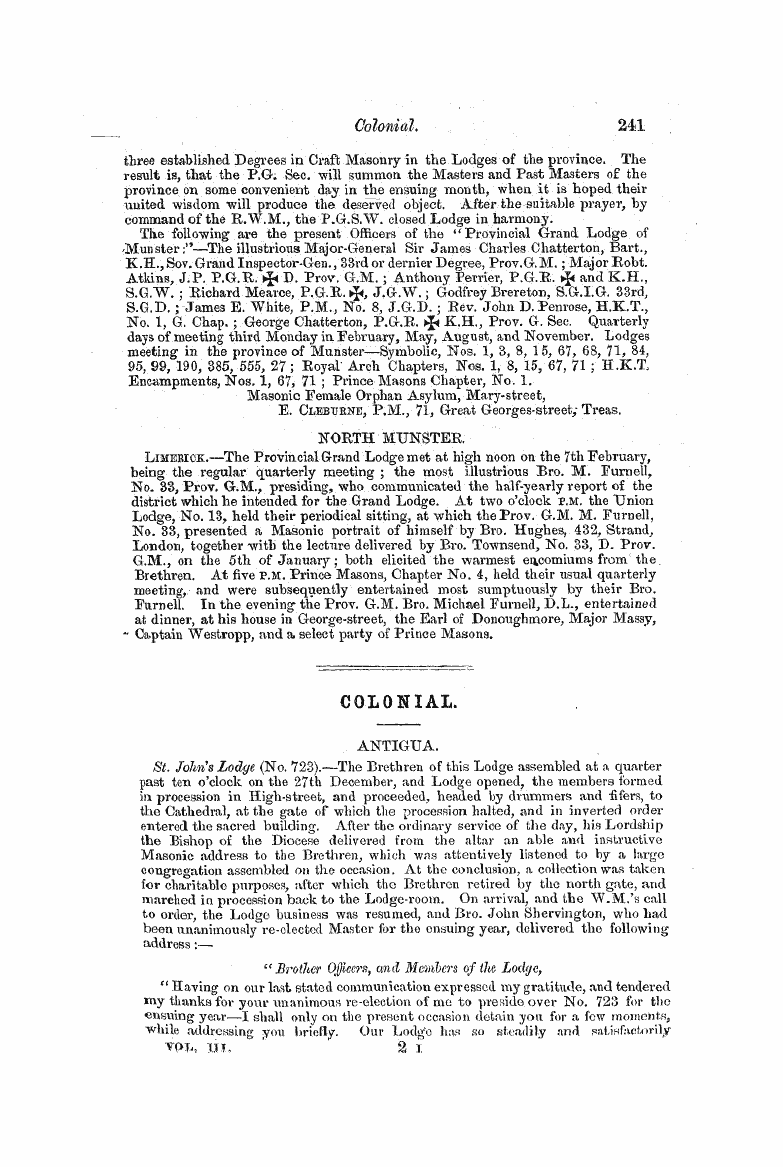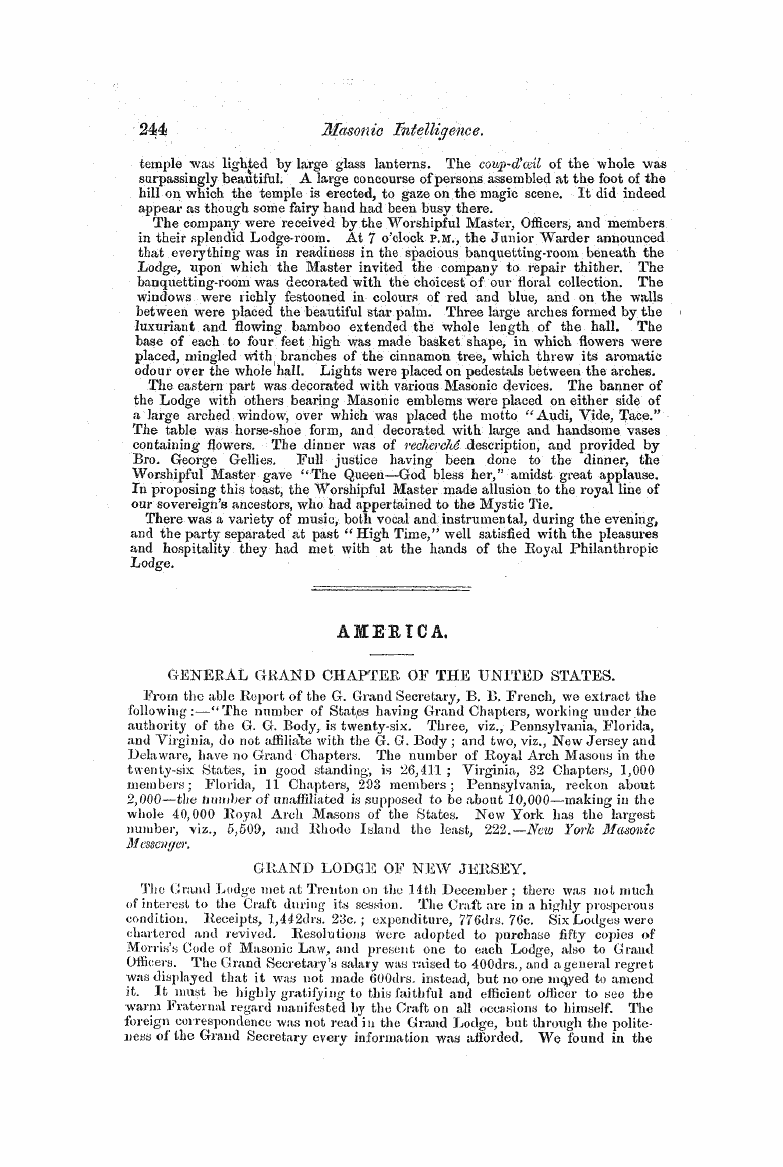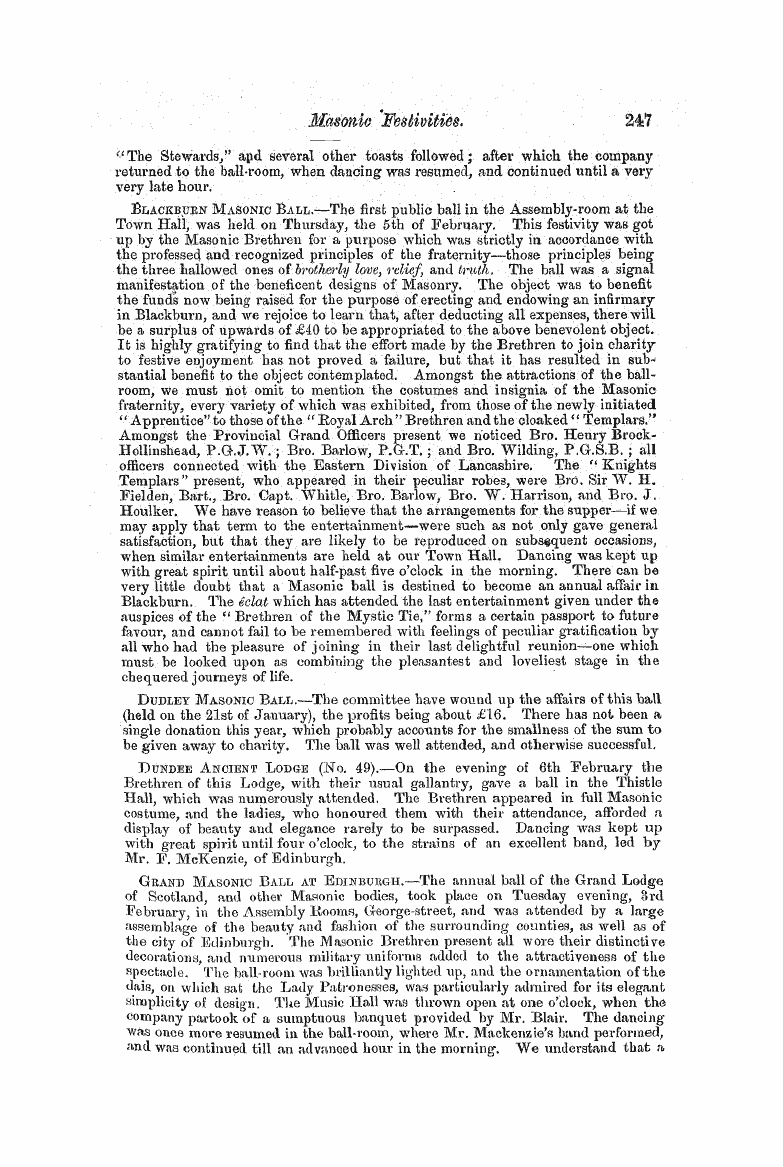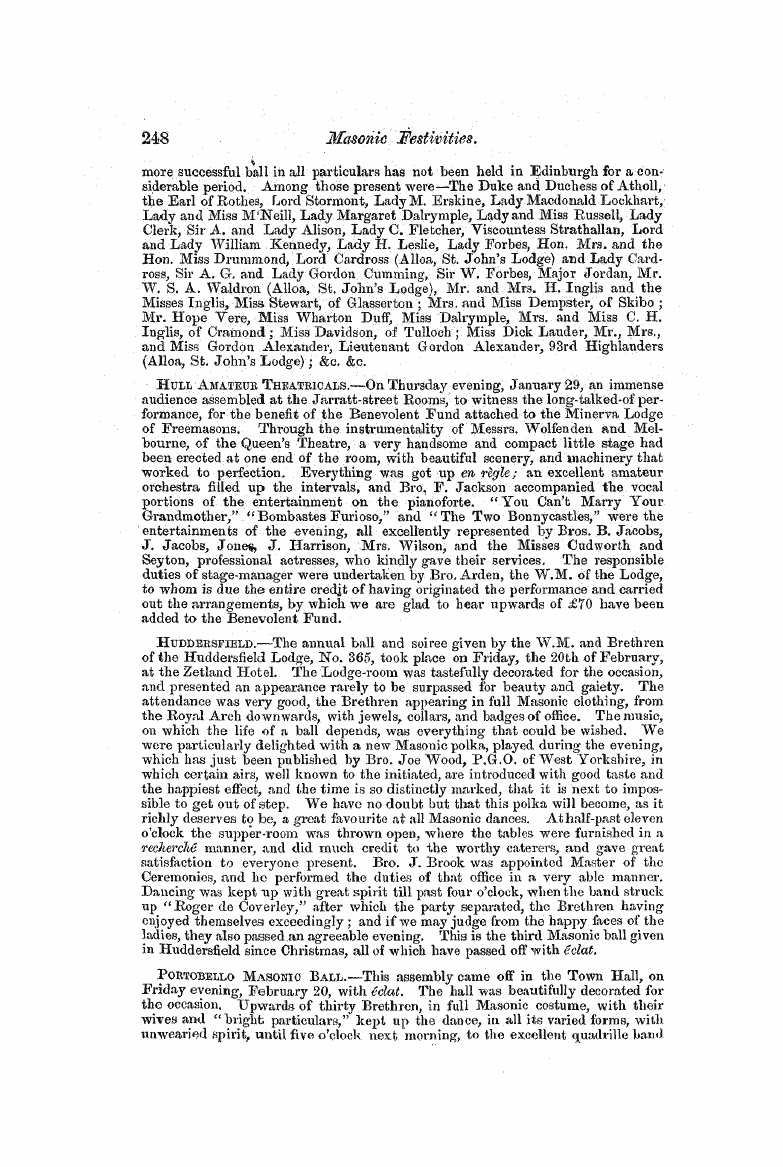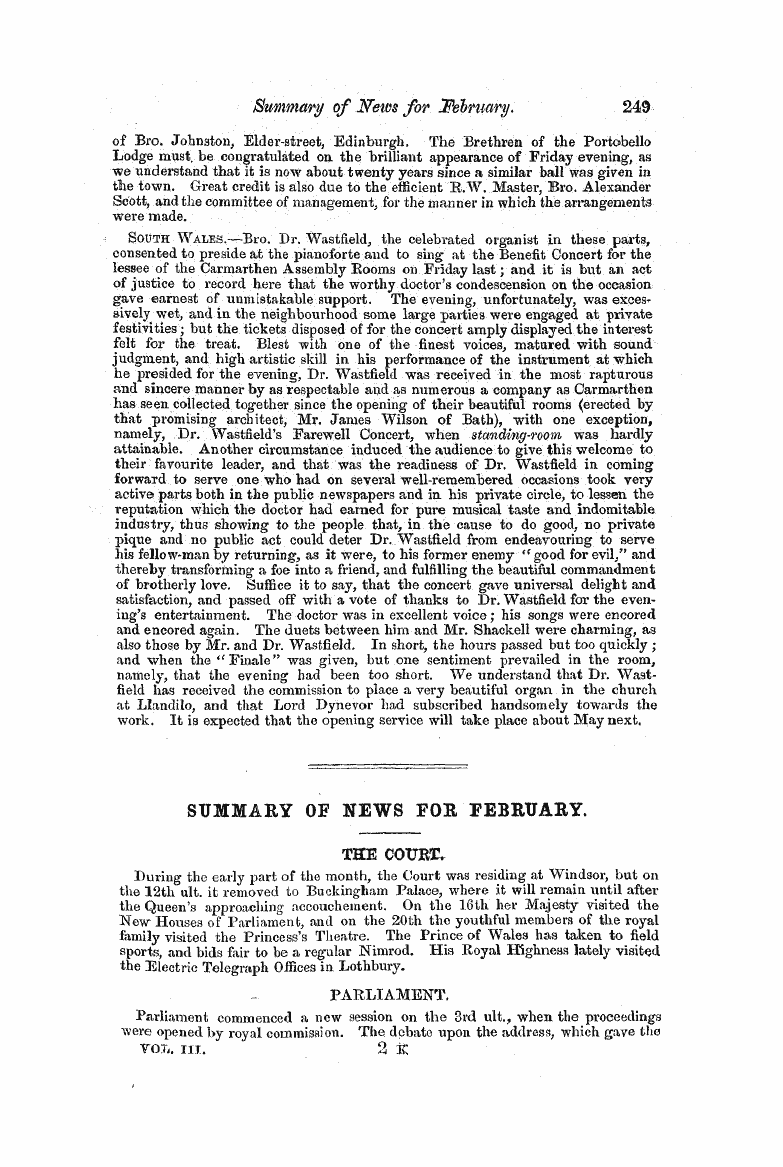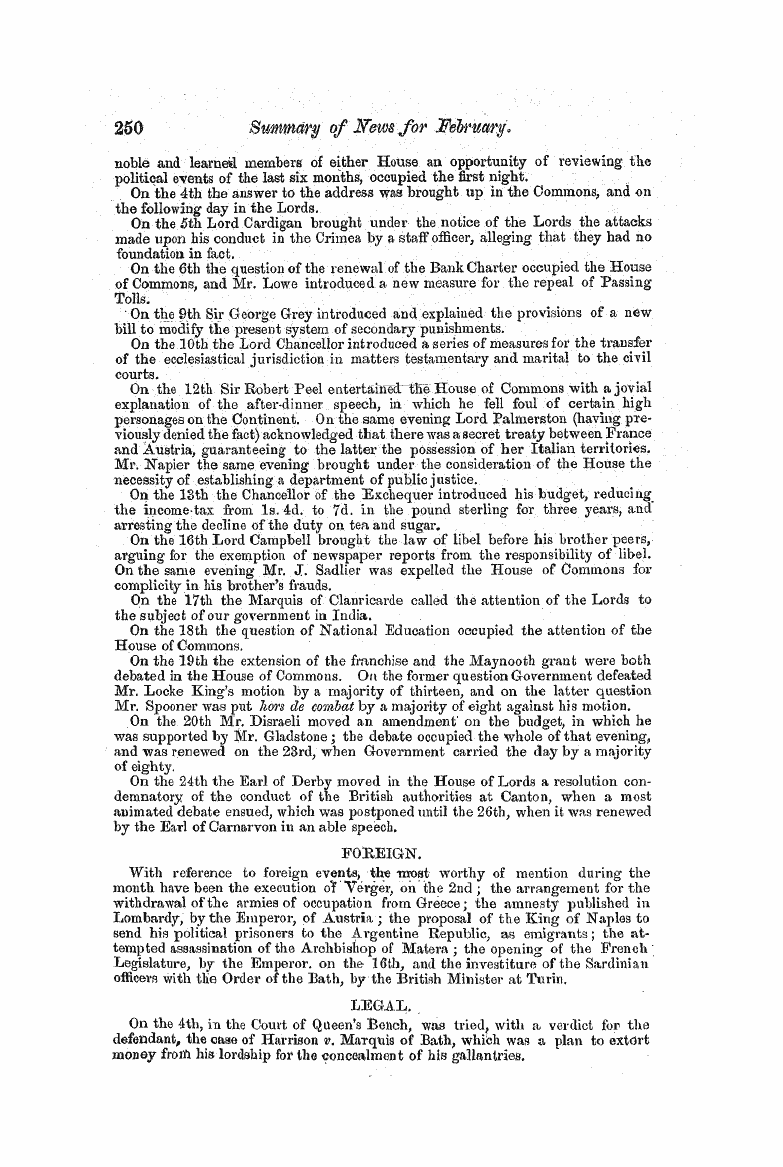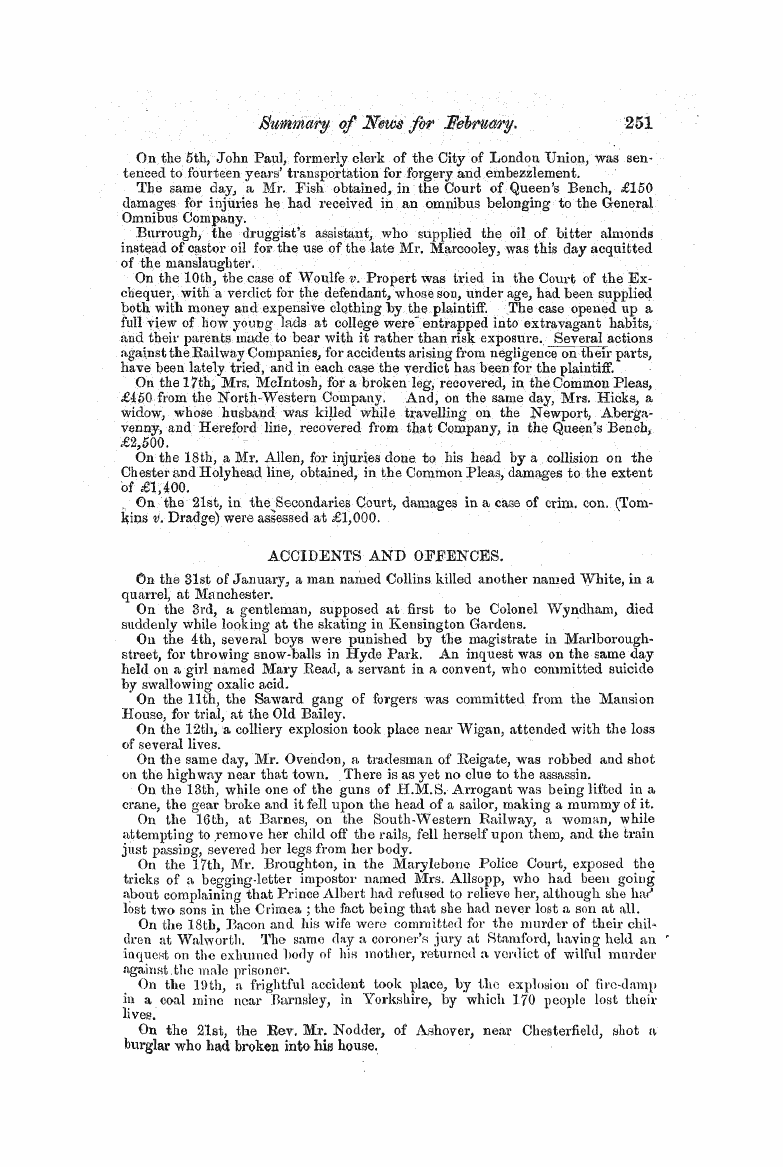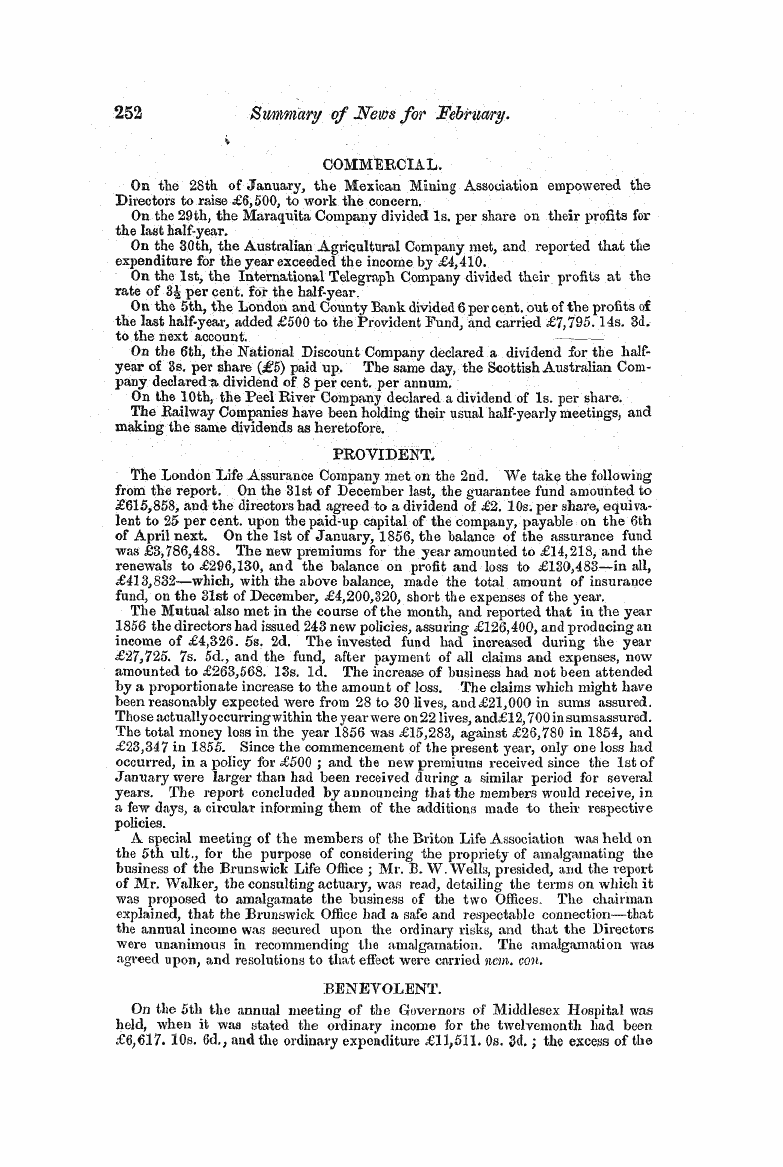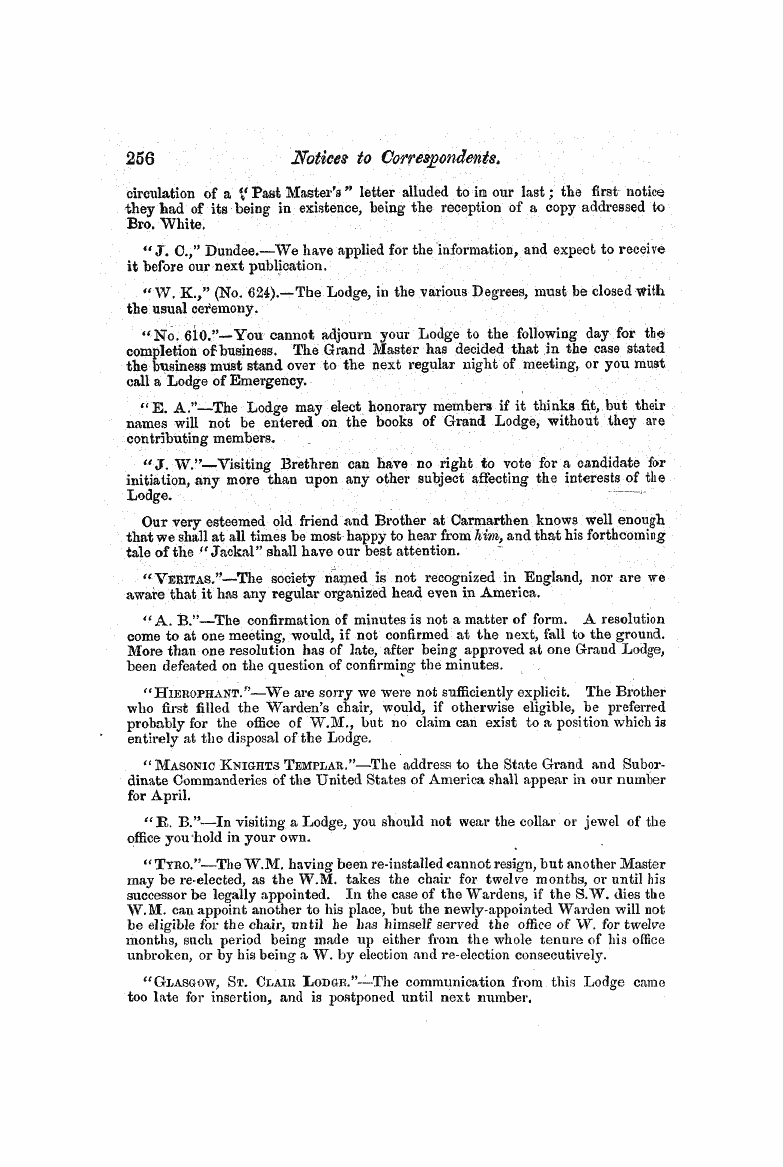Note: This text has been automatically extracted via Optical Character Recognition (OCR) software.
T^
symbols . The first religions were eminently symbolical , because , as that great philosophical historian Grote has remarked , " at a time when language was yet in its infancy , visible symbols were the most vivid means of acting upon the minds of ignorant hearers . " Again , children receive their elementary teachings in symbols . " A was an archer . " What is this but symbolism ? The archer becomes to the infant mind the symbol of the letter A , just as in
after-life the letter becomes to the more advanced mind the symbol of a certain sound of the voice . The first lesson received by- a child in acquiring his alphabet thus conveys a symbol . Even in the very formation of language , the medium of communication between man and man , and which must have been an elementary step in the history of human existence , it was found necessary to have recourse to symbols ; for words are only and truly certain arbitrary symbols by which , and
through which , we give an utterance to our ideas . The construction of language was therefore one of the first products of the science of symbolism . We must bear this fact of the primary existence and predominance of symbolism in the earliest times constant when we are investigating the nature of the ancient religions with
which the history of Preemasonry is so intimately connected . The older the religion the more the sybolism abounds . Modern religions may convey their dogmas in abstract propositions—ancient religions always did so in symbols . There is more symbolism in the Egyptian religion than in the Jewish ; more in the Jewish than the Christian ; more in the Christian than in the Mohammedan .
But symbolism is not only the most ancient and universal , it is also one of the most practically useful of sciences . We have already seen how actively it operates in the early stages of life and of society . "We have seen how the first ideas of men and of nations are impressed upon their minds by means of symbols . It was thus that the ancient peoples were almost wholly educated .
In the simpler stages of society mankind can be instructed in the knowledge of abstract truths only by symbols and parables . Hence we find most heathen religions becoming mythic , or explaining their mysteries by allegories or instructive incidents . " Way , Grod himself , " says one writer on this subject , " knowing the nature of the creatures
formed by Him , has condescended , in the earlier revelations that He made of Himself , to teach by symbols ; and the greatest of all teachers instructed the multitudes by parables . The great exemplar of the ancient philosophy , and the grand archetype of modern philosophy , were alike distinguished by their possessing this faculty in a high degree , and have both told us that man was best instructed by
sumhtudes . " Such is the system adopted in Preemasonry for the development and inculcation of the great religious and philosophical truths of which it was for so many ages the sole conservator . And it is for this reason that , in the commencement of this lecture , I have invited your attention to the nature of the science of symbolism in general , that you might the better be enabled to appreciate its particular use
Note: This text has been automatically extracted via Optical Character Recognition (OCR) software.
T^
symbols . The first religions were eminently symbolical , because , as that great philosophical historian Grote has remarked , " at a time when language was yet in its infancy , visible symbols were the most vivid means of acting upon the minds of ignorant hearers . " Again , children receive their elementary teachings in symbols . " A was an archer . " What is this but symbolism ? The archer becomes to the infant mind the symbol of the letter A , just as in
after-life the letter becomes to the more advanced mind the symbol of a certain sound of the voice . The first lesson received by- a child in acquiring his alphabet thus conveys a symbol . Even in the very formation of language , the medium of communication between man and man , and which must have been an elementary step in the history of human existence , it was found necessary to have recourse to symbols ; for words are only and truly certain arbitrary symbols by which , and
through which , we give an utterance to our ideas . The construction of language was therefore one of the first products of the science of symbolism . We must bear this fact of the primary existence and predominance of symbolism in the earliest times constant when we are investigating the nature of the ancient religions with
which the history of Preemasonry is so intimately connected . The older the religion the more the sybolism abounds . Modern religions may convey their dogmas in abstract propositions—ancient religions always did so in symbols . There is more symbolism in the Egyptian religion than in the Jewish ; more in the Jewish than the Christian ; more in the Christian than in the Mohammedan .
But symbolism is not only the most ancient and universal , it is also one of the most practically useful of sciences . We have already seen how actively it operates in the early stages of life and of society . "We have seen how the first ideas of men and of nations are impressed upon their minds by means of symbols . It was thus that the ancient peoples were almost wholly educated .
In the simpler stages of society mankind can be instructed in the knowledge of abstract truths only by symbols and parables . Hence we find most heathen religions becoming mythic , or explaining their mysteries by allegories or instructive incidents . " Way , Grod himself , " says one writer on this subject , " knowing the nature of the creatures
formed by Him , has condescended , in the earlier revelations that He made of Himself , to teach by symbols ; and the greatest of all teachers instructed the multitudes by parables . The great exemplar of the ancient philosophy , and the grand archetype of modern philosophy , were alike distinguished by their possessing this faculty in a high degree , and have both told us that man was best instructed by
sumhtudes . " Such is the system adopted in Preemasonry for the development and inculcation of the great religious and philosophical truths of which it was for so many ages the sole conservator . And it is for this reason that , in the commencement of this lecture , I have invited your attention to the nature of the science of symbolism in general , that you might the better be enabled to appreciate its particular use










































